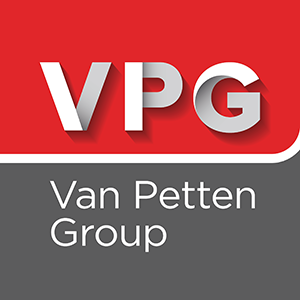Financial planning has never been a particularly easy task, but COVID-19 has made it even more complicated, particularly for the non-profit community. Financial health typically relies upon accuracy, consistency, and relatively predictable planning cycles, not the unclear economic conditions and time horizons of a global pandemic with no clear end in sight. The economic downturn and growing recognition that there will be no “back to normal” underscore the tremendous challenges non-profits will face to emerge stronger and financially healthy on the other end of this pandemic.
Trust Your Planning Ability
When the worst happens, it’s easy to go into “panic” mode. This is when documents get lost, employees and stakeholders get nervous, and protocols get broken. Now is the time to practice open and transparent communication with your team so that questions and confusion can be clarified.
Having confidence in yourself and in your team boosts company morale and will increase your chances of achieving positive results. When confidence is projected and transparency is practiced, sloppy mistakes can be avoided.
It’s Time to Take Stock
First, determine your nonprofit’s cash position and how long you can continue operating if no new revenue comes into the organization. If you’ve built an emergency reserve fund, you may be able to continue for six or more months. Unfortunately, most nonprofits have much thinner cash cushions.
If a cash shortage is expected, there may be options to consider. On the revenue side, might there be an option to speed up the collection of receivables? Is there an opportunity to speak with funders to convert restricted dollars to unrestricted funds for general operations? Are (canceled) event-goers willing to convert the purchase price of their ticket into a donation? On the expense side, what is the impact of non-mission-critical expenses? Are they necessary?
Once you’ve compiled your current financial picture, the next step is to assess (or reassess) future cash flows. Chances are that in the current environment your organization is probably looking at some financial shortfalls.
Be careful not to underestimate cash needs — particularly if the demand for services has increased. Assume that funding sources that were already shaky will evaporate and that usually reliable donors won’t be able to come to your rescue due to competing demands and their own financial concerns.
Actively Seek Solutions
Once you understand your organization’s current and projected cash flow, it’s helpful to plan for different scenarios and gauge what needs to happen for you to maintain level services or take other measures.
The best way to navigate the continually shifting COVID landscape is by preparing a range of dynamic scenarios. Typically organizations can use a ‘best’, ‘base’, and ‘worst’ approach, which will provide them with a wide range of tools and options to help ensure they can navigate until there is a complete rebound (whenever that may be).
It’s impossible to predict how long and severe the COVID-19 crisis will be, so prepare your organization for a tough fight. Contact us for help assessing your financial position and for advice about the new tax provisions.
MVP
Megan Van Petten
Van Petten Group, INC.

